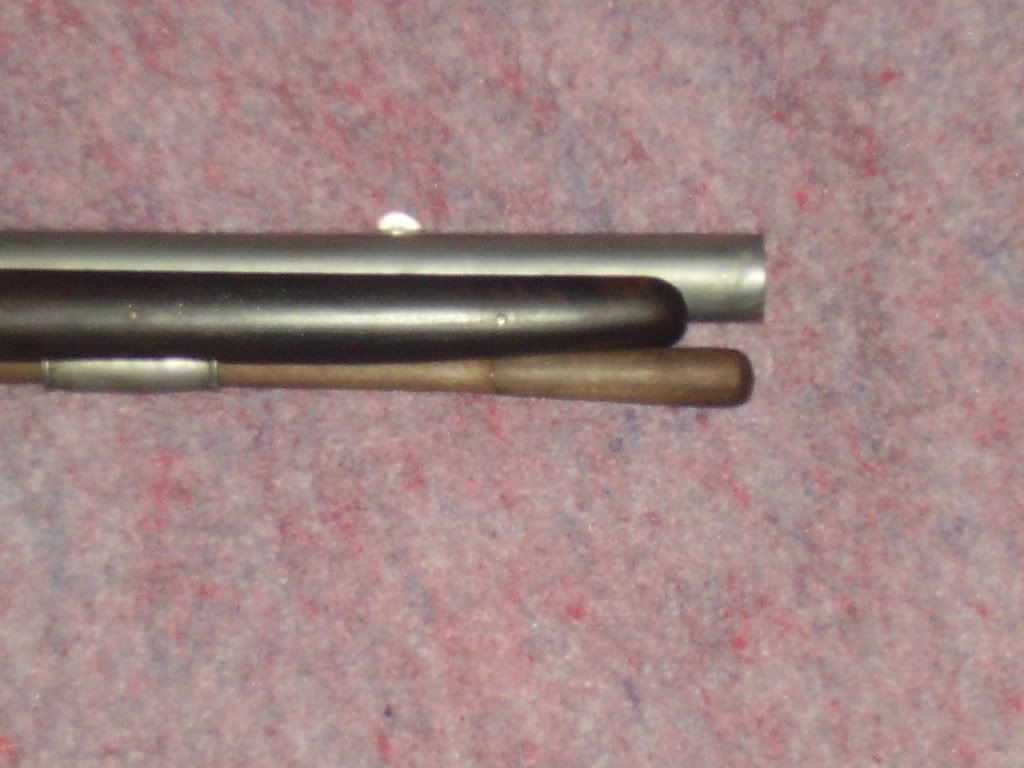I have used naval jelly on several guns, I wool/polish the barrel to remove any lathe/tool marks then coat the barrel with NJ and re-apply about an hour later to keep it moist I usually do this three or four times, some minor pitting will occur so one might want to do it in stages to get the desired look, when I think it is where I want it( I like a slightly mottled look) I rinse the barrel off with hot water and then wipe down with a mix of baking soda and warm water then rinse again with hot water then blow dry the barrel and oil well with gun oil, your favorite PC lube would work as well. It is easier to do a test piece if you can find an old piece of barrel or something made of the same type of steel, I salvaged a 4" piece of barrel several years ago for such testing and just file it down when done to try the next experiment, if you know any builders there may be a piece laying on their bench you could talk them out of....works good for dovetail practice also.







